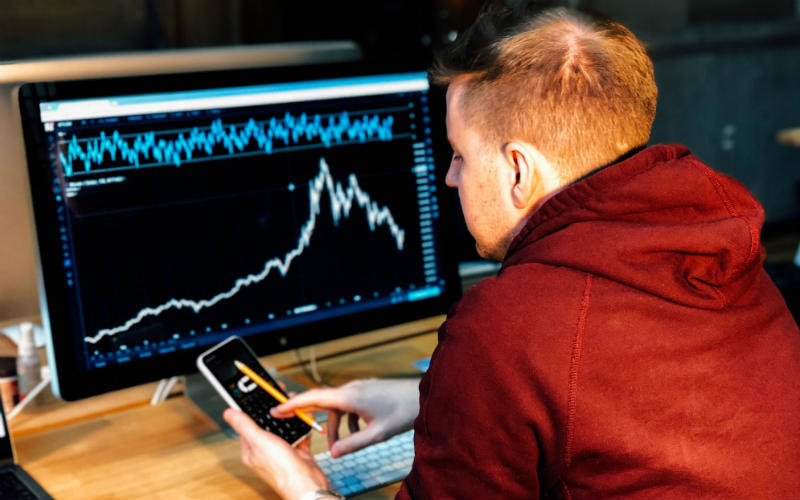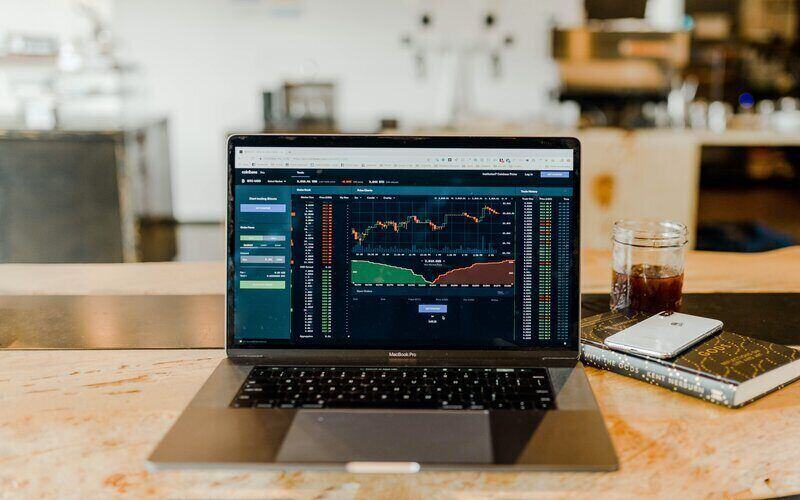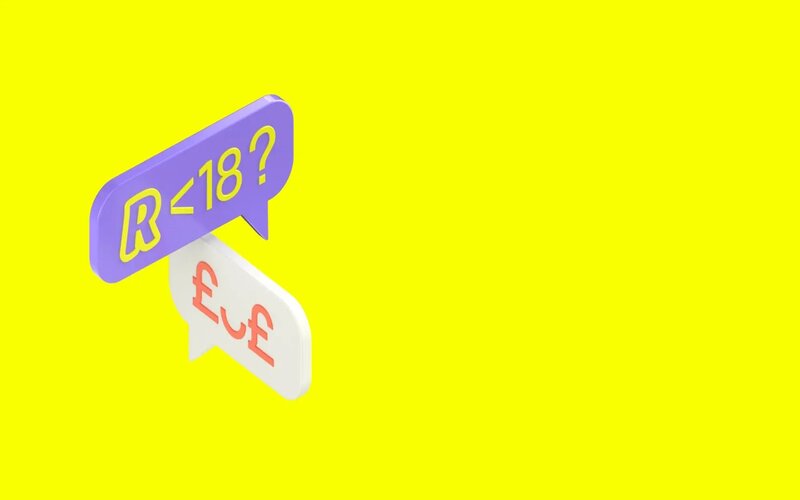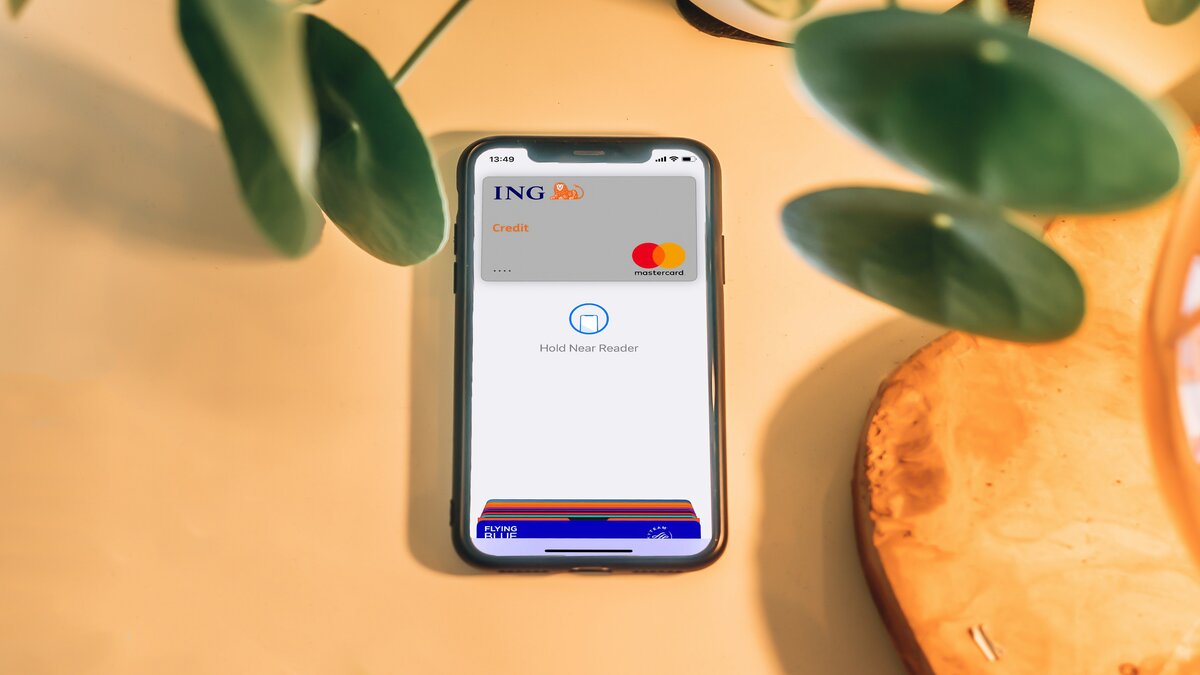Amid the pandemic, many Aussies started cutting into their debt, saving cash and parking it in a low interest banking account.
If you have managed to put aside a chunk of savings, and are looking to make it grow, here are some options that can outperform a traditional savings account.
Lower interest rates on both savings accounts and term deposits are bad news for those who rely on interest earnings as income, such as retirees.
After taking inflation and tax (if you’re still in the workforce) on interest returns into account, the value of the cash in your savings account could actually be going backwards.
This isn’t ideal for anyone looking to give their savings a boost for any specific purpose, such as buying a home, going on a holiday or purchasing a new set of wheels.
So what options are there? How can people earn a decent return on their money in a relatively low-risk way?
While very few (if any) investment products come close to the security and liquidity offered by cash-based options, there are some out there that can be relatively low-risk with the potential to generate much stronger returns.
One investment product worth considering is an ETF.
Note that savings accounts and ETFs are not like-for-like products, and shouldn’t be compared as such.
What is an ETF?
An ETF – short for ‘exchange-traded fund’ – is essentially a bunch of shares bundled together into a group designed to track a particular market index.
ETFs have rapidly grown in popularity in recent years, and there are now about 200 of them listed on the ASX.
Many of these ETFs are ‘passively-managed’, meaning they do not have an active fund-manager and may instead be managed by an algorithm.
Stockspot Founder Chris Brycki said Australians investing in ETFs has also led to $300 million in savings on fees.
“Considering ETFs still only make up 2% of the share market in Australia, $300m saving is huge. This figure will increase exponentially as more Australian investors gravitate towards these wonderful low-cost wealth-building products,” Mr Brycki said.
“Whether you’re investing in Australian shares, global shares or bonds, more than 80% of active fund managers have consistently failed to beat the index.
“It’s no wonder investors are abandoning risky stock-picking for the safer option of tracking the market index.”
Read more: Guide to investing for beginners
How do ETFs compare to savings accounts and term deposits?
As alluded to earlier, savers will be hard-pressed to find a long-term interest rate close to 3.00% p.a. on a savings account or term deposit at the moment, which is a pretty dismal return on investment.
ETFs, on the other hand, can offer much greater returns for a higher amount of risk, although this will depend on the ETF chosen.
According to Stockspot’s report, the top-performing ETFs have returned upwards of 70% in 2021, with one returning more than 95%.
| ASX CODE | ETF NAME | 1 YEAR TOTAL RETURN |
| ACDC | ETFS Battery Tech & Lithium ETF | 96.0% |
| KSM | K2 Australian Small Cap Fund (Hedge Fund) | 95.0% |
| ATEC | BetaShares S&P/ASX Australian Technology ETF | 81.6% |
| FANG | ETFS FANG+ ETF | 73.0% |
| IMPQ | eInvest Better Future Fund (Managed Fund) | 70.9% |
Past returns no guarantee of future returns.
ETFs with higher returns also usually come with enhanced risk – Stockspot also found the five worst-performing ETFs which generated losses of up to 30.3%.
| ASX CODE | ETF NAME | 1 YEAR TOTAL RETURN |
| BEAR | BetaShares Australian Equities Bear (Hedge Fund) | -30.3% |
| USD | BetaShares U.S Dollar ETF | -18.9% |
| GOLD | ETFS Physical Gold | -15.9% |
| PMGOLD | Perth Mint Gold | -15.4% |
| EEU | BetaShares Euro ETF | -14.3% |
Source: ASX as of March 2021
Past returns no guarantee of future returns.
Despite the potential of negative returns, Mr Byrcki said Stockspot’s average annual returns range from 10.5%-11.4% p.a. after fees.
Choosing and investing in ETFs
Investing in ETFs is “easy’, according to Mr Brycki – it can be done directly via an online broker or a stockbroker who will charge a brokerage fee.
The real challenge lies in the fact that there are so many of them to choose from – more than 190 at the time of writing.
“There are a lot of different ETFs available to investors, it has become challenging for investors to know which ETFs are the most appropriate for their goals,” Mr Brycki said.
“Investors should exercise caution and do their homework in selecting the best ETFs for their portfolio.”
“Stockspot’s preferred ETFs are those which track a broad index like the ASX 300 (the top 300 companies listed on the stock exchange), the top 100 global companies and high-quality Australian government bonds.”
Mr Brycki also said it’s important for investors to look long-term and to pick a highly-diversified product.
“When it comes to investing it’s important to spread your money across lots of investments and ETFs are the best and cheapest way to diversify,” he said.
“Plan to invest for a minimum of three years. Ideally, you want to invest for at least seven years to make the most of compound returns.
“If you think you’ll need that money in the next couple of years it’s best left in a savings account.”
Are managed funds a viable option?
A similar-yet-different option to an ETF is a managed fund – a fund maintained by an investment manager who acts on behalf of a pool of different investors.
Like an ETF, a managed fund can be a simpler method of investing in a group of assets, with the potential to generate much higher returns than cash-based options.
According to the ASX’s long-term investing report, over the 10 years to December 2017:
- Conservative managed funds averaged returns of 5.5% p.a.
- Balanced funds averaged returns of 5.7% p.a.
- Growth funds averaged returns of 5.3% p.a.
The potential for higher returns is countered by many managed funds charging higher fees than other investment types, a lack of flexibility and, ultimately, a dependence on the skill of the fund manager to generate returns.
They can also have higher minimum investment amounts that can turn away the less experienced investors and savers.
However according to Kent Kwan, Co-Founder of managed fund provider AtlasTrend, this becoming a thing of the past.
“Investing in managed funds has traditionally required high minimum investment amounts and required quite a bit of physical paperwork – this can be a major barrier since so many other aspects of our lives can be easily sorted out online,” Mr Kwan told Savings.com.au.
“The good news is the managed fund industry is starting to change. Some newer entrants (including AtlasTrend) provide lower minimums (hundred dollars rather than thousands of dollars) to start investing that can all be easily set up online in a matter of minutes.”
Managed funds vs ETFs and savings accounts
Mr Brycki isn’t the biggest fan of managed funds, saying ETFs are “superior in every way”.
“ETFs are lower cost than managed funds, they’re transparent so you always know what is held inside of the ETF you are invested in. Managed funds do not have to disclose what they’re investing in.”
“Research from Standard & Poor Dow Jones shows that around 80% of active fund managers underperformed the market.
“This is one of the reasons we invest through ETFs to clients.”
But Mr Kwan says there’s a place for both ETFs and managed funds in people’s investment portfolios.
“ETFs are useful for people who already have a stockbroking account. It makes it easy to start investing in investment funds simply by buying or selling them on the share market,” he said.
“There are many more unlisted managed funds that offer a much wider range of potential investment options.
“This includes actively managed funds where fund managers apply their expertise to pick investments they believe will perform best.”
When it comes to choosing, Mr Kwan said understanding that different investments come with different risks and returns is essential.
“Warren Buffet says never invest in something you don’t understand. I think that is sound advice for picking the right managed funds as well,” he said.
“Always look at what the managed fund invests in to see if it makes sense or is something you can relate to.
“There is no point investing in a managed fund that promises great returns but doesn’t really tell you how they invest or what they invest in. That’s more like a gamble rather than investing.”
ETFs vs managed funds: pros and cons
| Pros | Cons | |
|---|---|---|
| ETFs | – Easy diversification – Growing in popularity, with many more ETFs popping up every year – Often cheaper than managed funds with the potential of higher returns – Easy to buy and sell |
– Prone to market volatility – Prone to currency fluctuations if investing in overseas stocks – Brokerage costs can be high – Fewer ETFs than Managed Funds to choose from – Tracking errors: ETFs often don’t exactly mimic the movement of the index they’re designed to track |
| Managed funds | – Can offer the same or even greater diversification than ETFs – Investors can make regular contributions – Wider variety of managed funds to choose from – A good fund manager could ‘beat the market’ i.e. generate higher returns than the associated index |
– Most fail to beat the related index – Can charge higher fees (like management fees) – Can be less liquid i.e. can take longer to cash out – Can have higher barriers to entry (high minimum investment etc.) |
Let's talk about Crypto
A cryptocurrency is a digital or virtual currency that is secured by cryptography, which makes it nearly impossible to counterfeit or double-spend.
Earlier this month, CBA announced Cryptocurrency could be bought and sold through the Commbank App.
This move thrust an already growing sector into the mainstream.
CBA's move sets the bank up to compete with Square and Paypal, which already offer crypto 'wallet' services.
A recent survey of 6,000 global investors — including 500 Australians — by investment platform eToro shows crypto is on the rise amongst Aussie investors, with young Australians leading the charge.
According to eToro data, 38% of 18-34 year olds currently invest in crypto, with a further 35% of the group planning to invest in cryptocurrency in the future.
However the growing market doesn't come without considerable risk.
Scams, and a volatile market means it can be easier to lose much of your investment.
Micro investing
Many people have always had two things working against them when it comes to investing: a lack of knowledge and a lack of funds.
The appeal of micro-investing apps like Raiz is that you really don’t need to know much about investing, nor do you need a lot of money to get started.
You can make a lump-sum deposit into your Raiz account or set up recurring deposits from the bank account that’s linked to your Raiz account.
Raiz also has an automatic ‘round-up’ feature where you can choose to round up purchases to the nearest dollar amount and invests the change into your investment portfolio.
When you deposit money into your Raiz account, your deposit gets distributed into the seven ETFs in your selected risk portfolio in proportion to the percentage allocations.
The advantage of micro investing is not needing to invest the $500 minimum many broker platforms require.
By investing your loose change, you can grow your savings without the risk of large scale investment.
As you gain confidence and understanding of the market, you can decide to invest more, less or keep making scheduled deposits.
And you don't necessarily need to choose higher-risk baskets of shares either - Blossom is a micro-investing app tailored to 'conservative' investments such as corporate and treasury bonds, and mortgage-backed securities. It targets an annual return of 3.0% p.a. which is higher than any savings account on the market in Savings.com.au's market research at the time of writing.
So what is the value of a savings account?
Savings accounts at the moment are unlikely to compete with the average returns generated by many ETFs and managed funds, so why would you use one?
Safety is one such reason, according to UP Founder Dominic Pym.
“Essentially, what people are looking for in a savings product is a safe place to keep their money and a positive return,” Mr Pym told Savings.com.au.
“If people are concerned about interest rates, there are other ways to get a return on their savings, however it’s important customers are aware of the risks involved in any financial product and the relationship with reward.”
Products like savings accounts and term deposits are considered to be safe because they’re covered by the Australian Government’s Financial Claims Scheme (FCS), which provides a government guarantee for amounts held up to $250,000.
Investments don’t have this safety net.
Mr Pym believes products like term deposits and savings accounts will remain popular, but younger generations may be more willing to take some risks.
“Most Australians don’t know much about ETFs and may have concerns as to whether their money is safe and what sort of returns they can get,” he said.
“In the short term, it’s probably more likely that we’ll see the traditional term deposit used more than ETFs.
“Although, with generational change comes the opportunity for customers who are more tech-savvy and are probably more willing to try new financial products, particularly digital or app-based products.”
Features can trump interest rates
Up, the digital bank backed by Bendigo and Adelaide Bank, has chosen to focus on offering a modern suite of features and fee-free services, and isn’t too concerned with what it calls “rate chasers”.
This, according to Mr Pym, is one of the main reasons why savings accounts are still useful.
“When savings accounts are considered as part of a whole financial offering, alongside transactional accounts, travel benefits, and other products or features, the interest rate level for savers becomes less important,” he said.
“It’s really the integrated spending and savings tools and overall customer experience that helps customers save (in more ways than one).
“It may be harder for some banks that traditionally had the highest rates, and marketed that heavily to their customer to be able to attract new customers now, because those customers are most likely “rate chasers” and will simply leave their bank or move their money to another bank that offers a better savings rate.”
Savings.com.au’s two cents
There’s still a place for the trusty savings account in a person’s portfolio – the question is to what extent.
After all, savings accounts still allow people to easily withdraw money, and now plenty of them come with extra features that can things like track your spending or roundup purchases to the nearest dollar for automatic savings.
But if returns on investment are the goal then savers might want to put a portion of their funds elsewhere, as cash rates are incredibly low and experts predict they’ll stay that way for some time (and may even get lower).
Stockspot’s data shows more people than ever are flocking to investment options like ETFs, while managed funds can also be a good way to generate some good returns.
These products are now easier to access than ever, and both can represent attractive options for newbie investors as well, who are perhaps a bit wary of the dangers of investing instead of saving.
Having eggs in multiple baskets instead of just one might be the way to go in this low-rate environment.
Article first published 6 November 2019 by William Jolly, last updated 15 November 2021.
Photo by Chris Liverani on Unsplash
The information in this article is general only – seek tailored financial advice for your personal situation.



 Brooke Cooper
Brooke Cooper
 Harry O'Sullivan
Harry O'Sullivan













